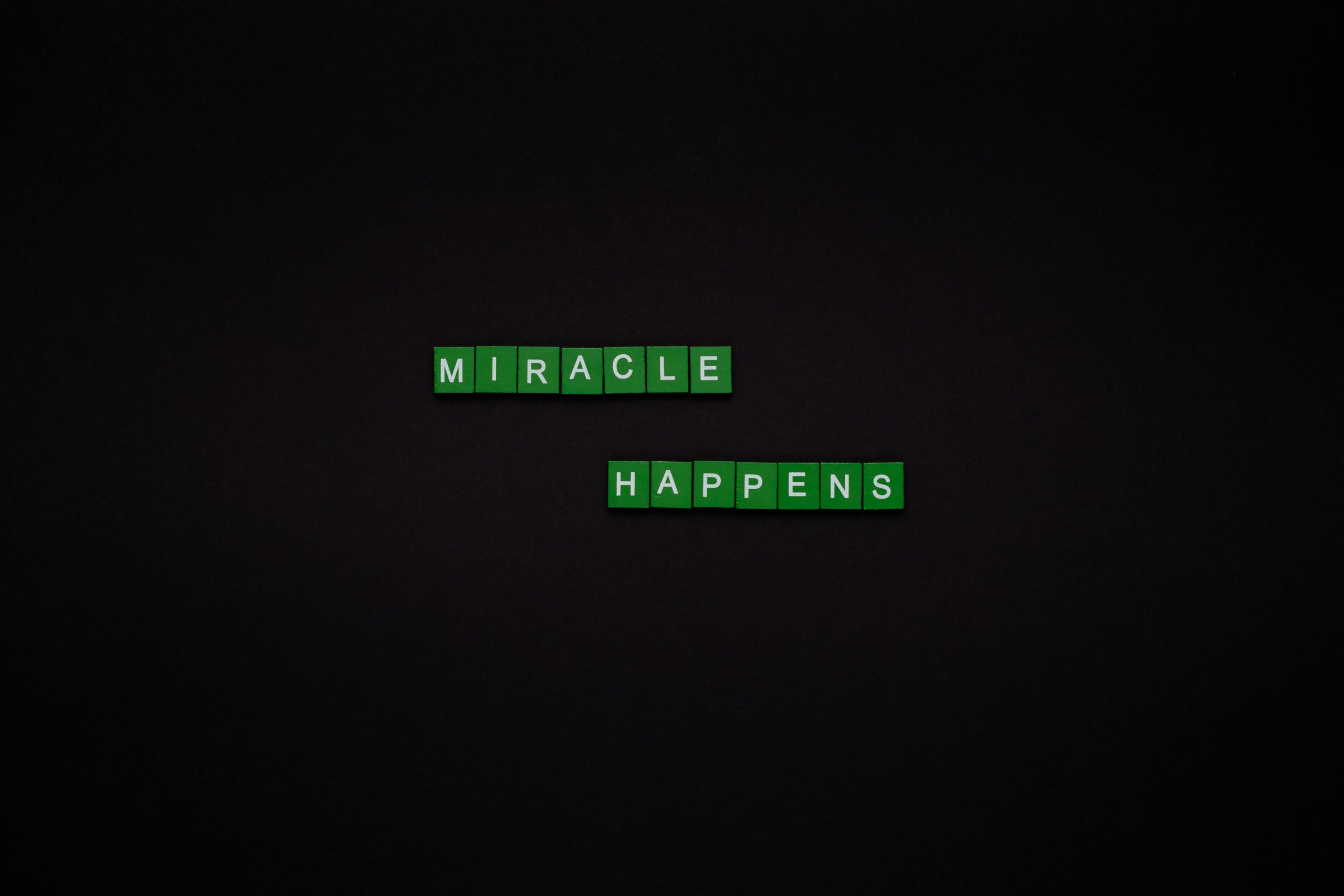Left Turn Accident at Night – Could the Other Driver Share Some Fault?
I was recently involved in a car accident and would like to get some feedback on whether I might be fully responsible or if there could be shared liability.
The incident took place at an intersection around 8 PM when it was dark outside. I had a green light and was executing a left turn. Before making the turn, I made sure to check for pedestrians (since I needed to yield to them) and scanned for oncoming traffic. Not seeing any vehicles approaching, I proceeded with my turn.
Out of nowhere, another car appeared, and we collided while I was already in the process of turning. I suspect the other driver’s headlights were off, which may explain why I didn’t see her until it was too late. However, I don’t have definitive evidence of her headlights being off.
After the collision, while we were in my car, I mentioned my belief that her headlights were not on. Instead of denying it, she replied with something along the lines of, “My front lights turn on automatically.” This makes me think she might not have been actively checking her lights and could have been unaware if they were actually off.
I also spoke with a witness who was behind me, but they couldn’t confirm whether the other vehicle’s headlights were on or off.
I know that generally, drivers making a left turn are considered at fault because they have to yield to oncoming traffic. However, in this situation, I genuinely couldn’t see the other car at all, and I strongly believe that the lack of headlights played a significant role.
Could this be seen as shared fault (perhaps 50/50), or am I entirely to blame?
I would really appreciate any insights or similar experiences!




I’m sorry to hear about your accident; that can be a really stressful situation. Based on your description, it sounds like there are several factors that could contribute to determining fault in this case.
Left Turn Rules: Generally, the driver making a left turn is expected to yield to oncoming traffic. However, the specifics of the situation are important. If you didn’t see the other vehicle due to a potential lack of headlights, that could complicate matters.
Headlight Functionality: The fact that the other driver claimed her headlights turn on automatically could suggest that she may not have been aware of whether her lights were functioning properly. If her headlights were indeed off, that could have contributed to your inability to see her vehicle.
Witness Testimony: Since you have a witness who was behind you, their account may help clarify the situation. If they can testify that the other vehicle appeared to be driving without lights, that could strengthen your case for shared fault.
Traffic Conditions: The time of day and conditions (darkness) are also important factors. A driver is expected to operate their vehicle safely, which includes ensuring their headlights are functioning at night.
Shared Fault: Most states allow for shared fault or comparative negligence, where both parties can be found partially at fault depending on the circumstances. If it is determined that the other driver’s lack of headlights played a role in the accident, there is a possibility that you could be assigned less than 100% of the fault.
It might be beneficial to contact your insurance company and possibly discuss the situation with a legal professional to get their perspective, especially regarding local laws on fault in accidents. Gathering as much evidence as possible, including witness accounts, could also support your case.
Ultimately, it’s possible for fault to be shared if you can demonstrate that the other driver’s actions contributed to the accident. Wishing you the best as you navigate this situation!